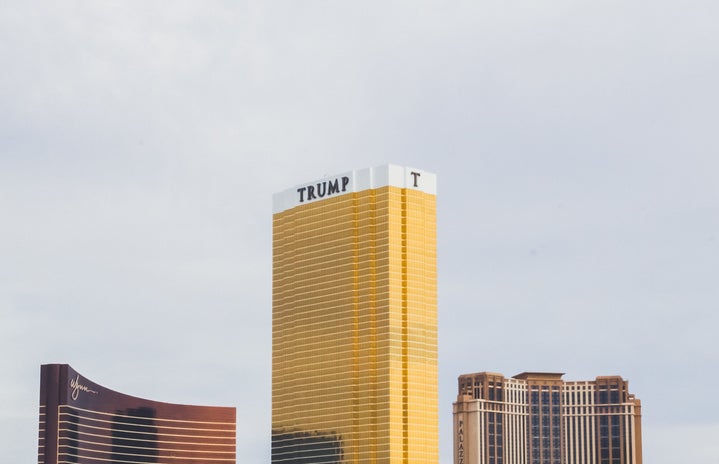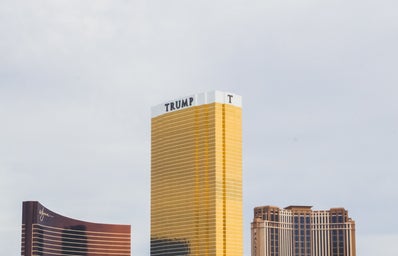With a new pen wielding President in the Oval Office, Americans everywhere are brushing up on their government courses from their school days. It is easy to get lost in political jargon, and even some of the journalists do a poor job in simply explaining what exactly is going on. Many people may be asking themselves what an executive order exactly is and why Donald Trump is pushing so many of them out the office.
What is an Executive Order Anyways?
Deriving from Article 2 Section 1 of the Constitution, an EO is something that an official President can implement under his or her own discretion that influences some aspect of the government. These documents that are signed by the President can only instruct governmental agencies of the executive branch in the US. These agencies are typically all of the generic acronyms that you see on the news: FBI, CIA, EPA, FCC, IRS, etc. In addition to the acronyms, the President can also choose to send orders to the departments, i.e. Department of Defense, Department of State, Department of Security, and so on. These orders are completely legal and basically tell these agencies how to operate or handle a certain issue, and most importantly do not require any Congressional approval.
Where can I find EOs?
Executive Orders are added into the Federal Register, which can be found here. All orders dating back until 1994 are available for viewing on this site – which means you can see most of Clinton’s, George W. Bush’s, all of Obama’s, and now Trump’s.
Do All Presidents Sign This Many EOs?
It is by expectance that presidents, new and old alike, will sign a number of executive orders during their term. The most one president has ever signed is 3,721, completed by the one and only Franklin D. Roosevelt. While it is unique that Trump has signed 18 executive actions within his first 12 days of office, 7 of which have been executive orders, and he plans to sign more where those came from. Compared to his predecessor, Barack Obama’s first 12 days of office were spent signing a comparable 19 executive actions, 9 of which were executive orders.
How Long Do They Stand?
In the simplest form, EOs last however long a President wants them to. A President can pull his or her own order, or they can implement a new one to take its place. If a sitting president implements an EO, then gets voted out of office, the new sitting president can reverse any order implemented up until the point that they were elected office.
So Can Trump Just Do Whatever He Wants?
While it may seem like President Trump has free reign to implement every policy he sees fit, that is actually not the case. First, it is important to differentiate that executive orders are not laws. While these orders can hold the same weight as a law might, it is in no way a direct comparison. In order to override an order, Congress must work together to pass a bill that cancels or alters the order. Any bill passed by Congress will hold precedent over any order put out by the President. The Executive Branch and the Legislative Branch have clear checks and balances exactly for this situation. Although, if Congress passes legislation that cancels out an EO by the President, the President can use his vetoing power to override the bill. In order to bypass this, Congress would need to send in a series of legislation to override the President’s veto, or vote to override the veto by at least a 2/3’s vote. The judicial branch can also rule on the constitutionality of an order since they are subject to judicial review, and adminster rulings telling agencies to prohibit implementing the order or get rid of it altogether, although this power typically only resides with the Supreme Court.
What Does This Mean For Me?
Executive orders have limited power, as does every branch, but if you’re wondering if this can affect you directly the answer is: it depends. If you are a federal employee and can find your job description on any ‘.gov’ website, then the answer is (potentially) tremendously. Executive orders already passed have limited funding, hiring, and operation of a few government agencies. These orders can potentially affect every person in the United States in some ways, but there is no need to worry about complete burning of the constitution just yet, for we have already seen some checks and balance systems going to work.
Photo credit: 1


